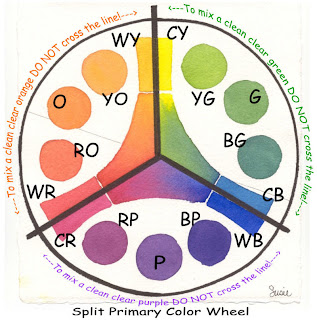For some of us it does take courage to venture out on our own. But we all need to try! Just like the baby birds we need to try our wings while the nest is still close enough to get back to if we take a fall. Then try again!
Starting out with an easy project is a good confidence builder. Perhaps you could even redo a successful project you worked on during a class session and make it your own using the same steps you learned in class. Don't shoot yourself in the foot by trying to tackle a difficult project too soon. Keep it simple at first while you test those wings!
Repetition is a good teacher! Select a subject you enjoy painting and see how many different ways you can paint it. Rely on the background you have established with your teacher.
I'll bet you know more than you are giving yourself credit for.
So..... how do you know when you are artist and not just a painter? I guess that depends on your definition of an artist and painter. What's the difference?
I read somewhere that an Artist is creative while a Painter is a follower.
An Artist explores from their heart and soul while painters do it with their hands/mind.
An Artist gets rewarded for his creativity, while painter for his labor.
For me personally I believe I am both an artist and a painter. I think I probably allowed myself to identify or call myself "painter" while I was still learning "how-to-paint". But I believe we can also be artists long before we allow ourselves the title. It comes from within.
If you are getting too big for the nest and your "moma bird" hasn't given you a gentle nudge, you need to flap those wings and give it a try! Trust your instincts!
Happy Painting!
SUSIE

